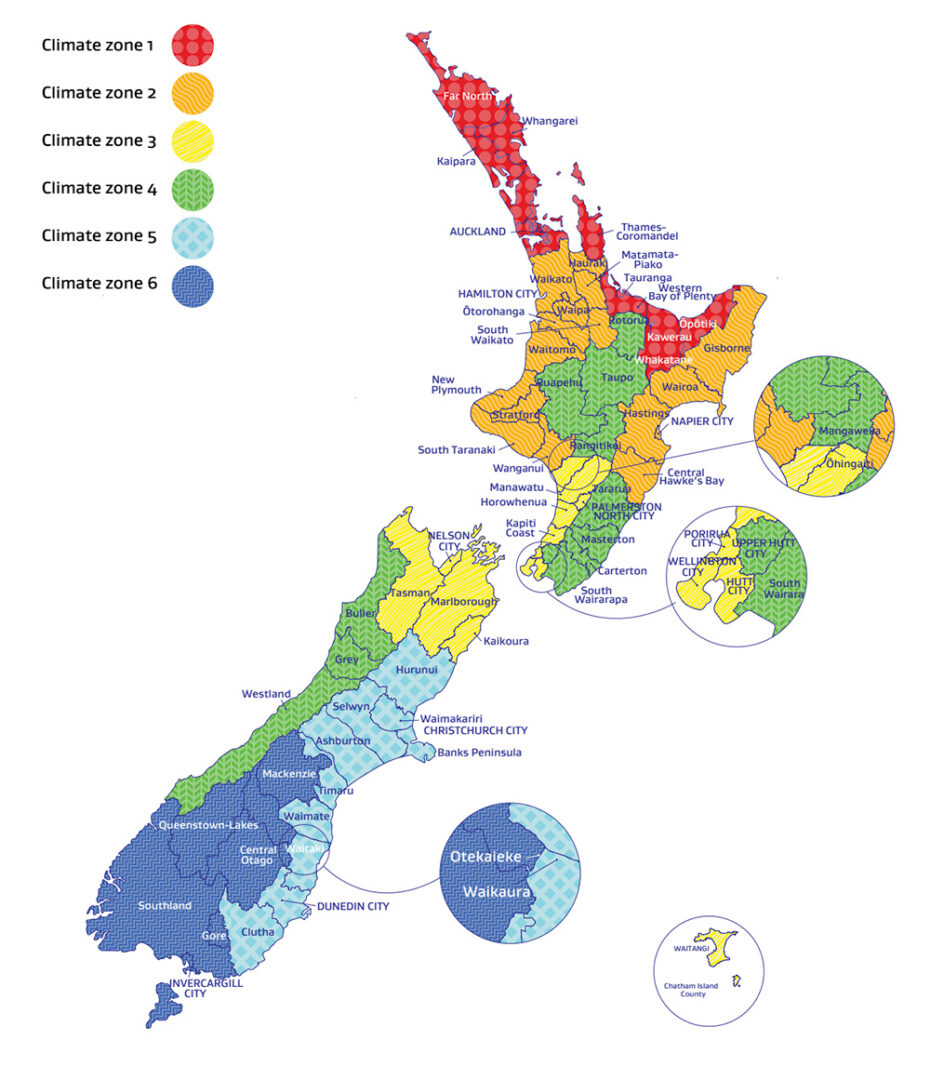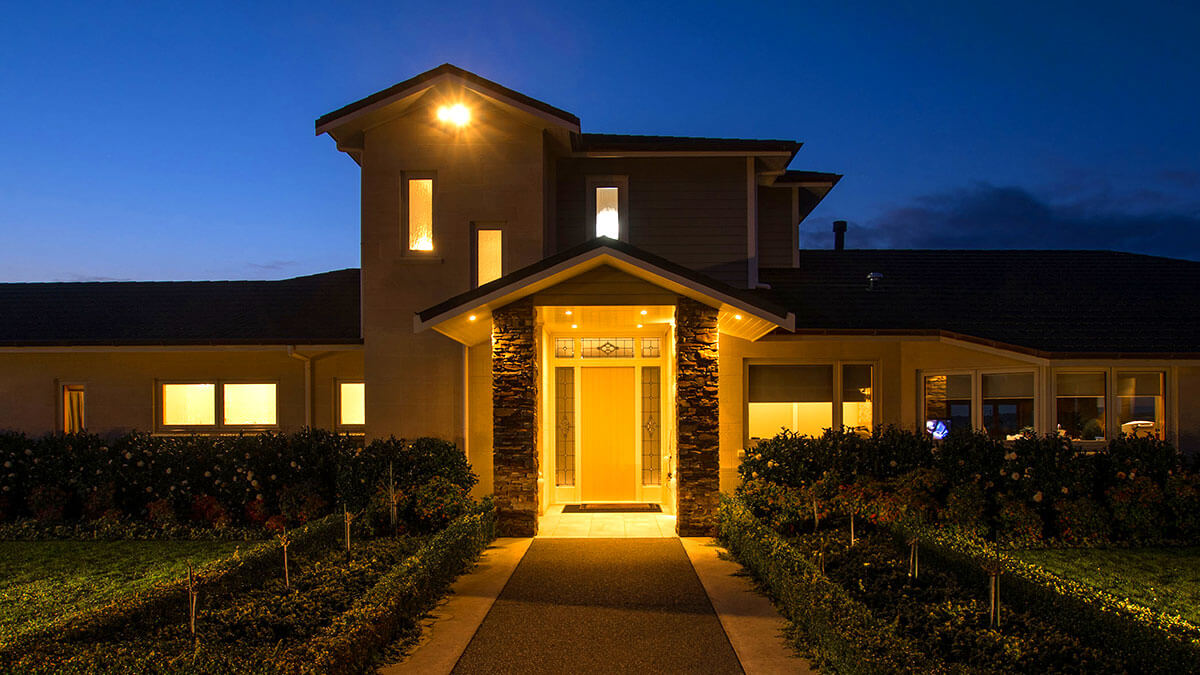
Superior Doors’ range of thermal envelope doors are the perfect way to promise a warm, dry home, and meet H1 requirements.
Superior Doors’ thermal envelope doors
Superior Doors are committed to offering the highest quality product and have BRANZ accredited test results demonstrating that our range of thermal envelope doors significantly exceed both the existing and upcoming increase in the minimum R-Value requirements under clause H1 of the New Zealand Building Code.
Superior Doors range of thermal envelope doors are suitable for a wide range of applications:

R-values in the table above are calculated on a representative door leaf size of 1980 mm x 810 mm. Naturally, door leaves of any size are available.
Thermal envelope requirements for doors under clause H1 of the New Zealand Building Code
New Zealanders are seeing a bigger push towards warmer, drier homes, and more sustainable living. This is beginning to impact the construction industry. On the 2nd of November 2023, the New Zealand Building Code is changing to reflect this through clause H1 of the building code, which focuses on energy efficiency. Clause H1 has new and increased requirements for performance of the thermal envelope of a residential building, or a building under 300m2, so that the building stays warm in the winter, cool in the summer, and dry all year round.
The thermal envelope of a building is the divider between its conditioned space and its unconditioned space. An unconditioned space is any region of the building that is not intentionally heated, like a garage, an attic or a conservatory. The thermal envelope is any building product, for instance, a wall, a roof, a window or a door, that divides these spaces.
The H1 Energy Efficiency clause update is concerned with R-Values. This number represents the building component’s resistance to the transfer of heat through it – if a material lets heat pass through it with little resistance (like a metal teaspoon getting hot enough to hurt from a cup of hot coffee), then it has a low R-Value, close to 0 m2K/W. If a material prevents heat from easily passing through it (like a mug holding hot coffee getting warm, but not hot enough to hurt), then it has a high R-Value, above 0.5 m2K/W.
Different building components have different minimum R-Values under the new legislation, with the R-Values for building components adjusting to different climate regions of the country. Minimum R-Values for residential doors in climate zones 1-4 is 0.46 m2K/W, and in climate zones 5 & 6 is 0.5 m2K/W.


Image credit: Ministry of Business, Innovation & Employment, HīkinaWhakatutuki. H1 Energy Efficiency, Acceptable Solution H1/AS1. Wellington: New Zealand Government, Te Kāwanatanga o Aotearoa, 2023. p. 24.

